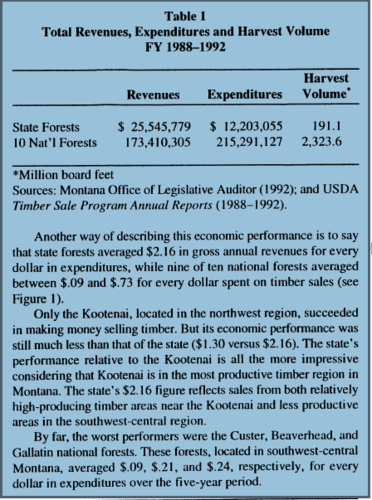RobG
Well-known member
The Rice Ridge fire is east of Seeley Lake: https://inciweb.nwcg.gov/incident/map/5414/0/74677/. I think it is the largest true "forest" fire in MT.
If you look at Google Earth (e.g. around 47°12'43.64"N 113°23'8.51"W and to the SE) you will see the area is full of roads and in fact that they have logged the hell out of the area outside wilderness area. While the cuts have been there for a while, the trees don't look like especially dense second growth or beetle kill.
Have they been trying to do timber sales in there that have been blocked?
FWIW I'm not blindly against logging, especially in a place that already has roads.
If you look at Google Earth (e.g. around 47°12'43.64"N 113°23'8.51"W and to the SE) you will see the area is full of roads and in fact that they have logged the hell out of the area outside wilderness area. While the cuts have been there for a while, the trees don't look like especially dense second growth or beetle kill.
Have they been trying to do timber sales in there that have been blocked?
FWIW I'm not blindly against logging, especially in a place that already has roads.





